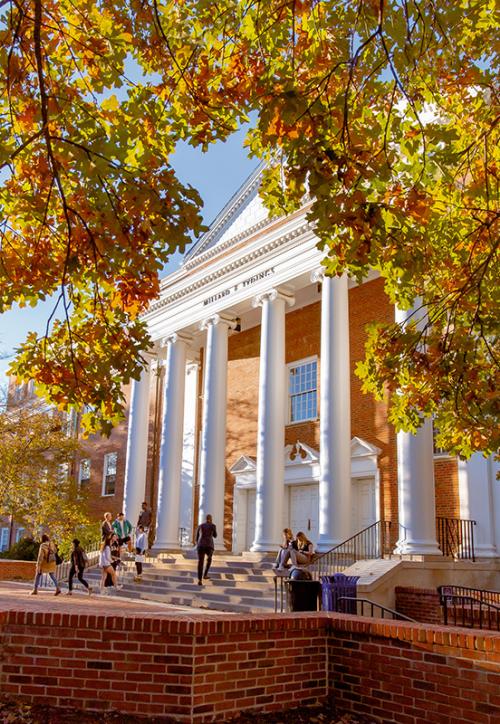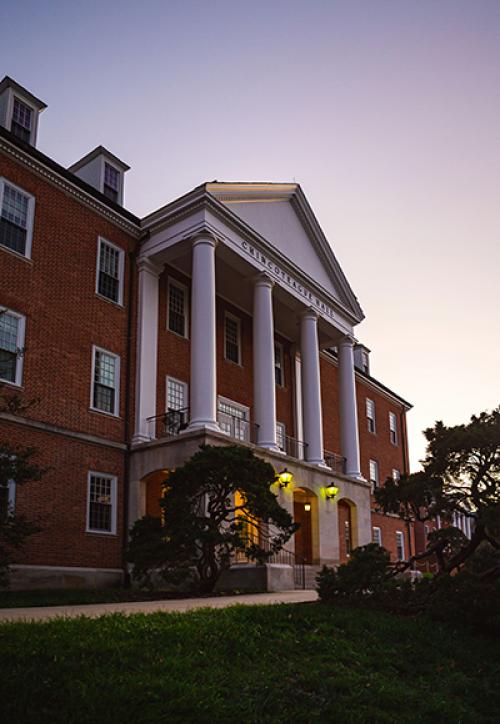New Research Unveils Population Patterns of U.S. Immigrants from Mexico
Mexican immigration dwarfs migratory flows into the United States from other countries. Studies of Mexican immigrants in the United States have emphasized their low average level of education compared with other immigrant populations as well as with Mexicans who remain at home.
[[{"type":"media","view_mode":"media_large","fid":"1308","attributes":{"alt":"","class":"media-image","height":"97","style":"width: 300px; height: 61px; float: left; margin: 5px; border-width: 1px; border-style: solid;","width":"480"}}]]A new study published in Population and Development Review, “Two Decades of Negative Educational Selectivity of Mexican Migrants to the United States,” by Michael S. Rendall, professor of sociology and director of the Maryland Population Research Center, which is housed within the College of Behavioral and Social Sciences, and Susan W. Parker, professor of economics, Centro de Investigation y Docencia Economicas (CIDE), Mexico, helps to explain this phenomenon.
“Immigration has commonly been considered to be selective of healthier more able individuals with higher levels of schooling than the population as a whole, motivated by greater opportunities in the destination country,” according to Rendall. “Yet in this case, Mexican migrants have lower education, on average, than Mexicans who remain at home. Why? By looking carefully at place-size data we find that a disproportionate share of Mexican migrants came from rural and small-urban areas (population less than 20,000) through the 1990s and 2000s. Because these areas have lower schooling levels than medium- to larger-sized urban areas of Mexico, the result is that migrants have lower education than the overall Mexican population at the most common migration ages.”
Migrants who completed primary school are the most over-represented group relative to the Mexican population aged 18-54, and migrants who completed any upper secondary education are the most under-represented group. The study concludes that the geographic factor is the major cause of the apparently anomalous negative educational selectivity of migration from Mexico to the United States.
This phenomenon is significant not only because education affects migrants’ labor market prospects and impacts in the United States but because it also affects outcomes for their children, i.e. second-generation immigrants.
Rendall adds, “The restrictive U.S. immigration policy that has been in place throughout the 1990s and 2000s does not appear to have had the intended effect of deterring unauthorized migration overall. It may, however, have had a greater deterrent effect on higher-educated migrants than on lower-educated migrants.”
Published on Thu, Sep 18, 2014 - 11:46AM



